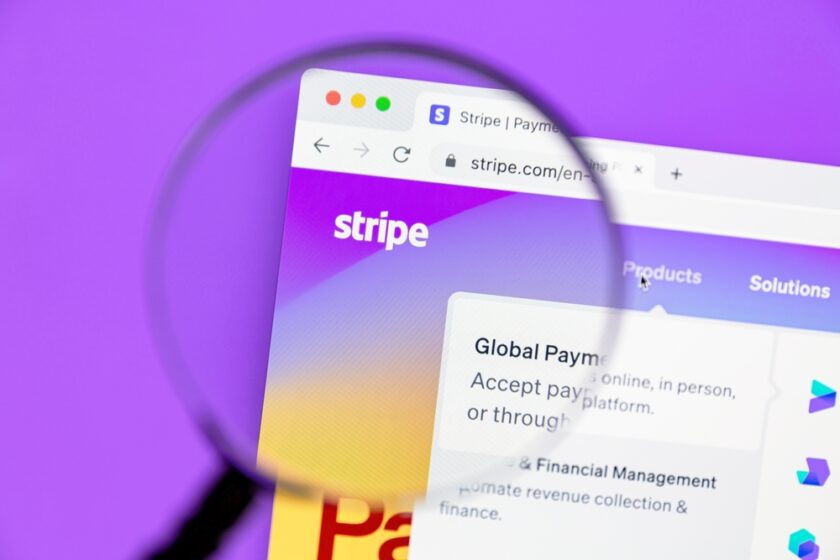The name, image and likeness (NIL) phenomenon is still in its infancy in college sports, and it feels a bit like the Wild West in terms of how players and their universities handle it.
NIL – which refers to the rights of college athletes to control and profit from their name, image and likeness – has been the subject of plenty of op-eds and documentaries. And with Pandora’s licensing box now firmly opened, the promotional products industry has even more opportunities to work with college sports teams and student athletes.
Case in point: Ball State University announced a few weeks ago that it has partnered with Influxer, a platform for all 450 of the school’s student athletes to create and sell their own branded merchandise through their own e-commerce sites.
The venture aligns with the print-on-demand boom that the decorated apparel and promotional products industry is currently experiencing.
“Influxer is excited about this partnership with the Cardinals to bring a great NIL opportunity that benefits everyone,” Influxer Vice President Keith Miller said in a statement. Ball State “[Athletic Director] Jeff Mitchell, [Sr. Associate AD for Compliance] Ryne Hillenberg and the administration have been extremely diligent in not only emphasizing the end-product of the opportunity but also recognizing the business experience the process brings to student-athlete development.”
“The business experience” and “student-athlete development” are words that college sports fans wouldn’t have thought they’d see together even a few years ago. Now it’s just a fact of student-athlete life.
Companies like Influxer are working with student-athletes to monetize every aspect of their college sports career, whether they’re at a top-tier program or just trying to capitalize on a moment that captures a bit of attention.
Influxer isn’t alone in this – platforms like Campus Ink were behind merchandise that hit the digital shelves as soon as underdog Oakland University upset Kentucky in the NCAA tournament on the strength of Sean Childers, to give just one of many examples.
Sharing the Wealth
Schools are now incentivized to develop these types of partnerships like the one Ball State inked with Influxer, as they implement “revenue-sharing” models where they pay student-athletes using set percentages of the athletic department’s revenue. That structure hasn’t been fully legalized yet, but it’s on the way.
For Ball State, which doesn’t have the name pull of a school like Notre Dame or Penn State, creating opportunities for students to sell their own NIL gear rather than relying on their school’s fame can prove essential to bringing in that revenue.
As Hannah Rosenberger wrote just a few months ago for ASI:
Developing a strong infrastructure for athletes to easily sell merchandise could be one way for [smaller schools to attract top-class athletic talent in the NIL era], both as a factor in decisions for potential new recruits and to prevent the Power Four from tempting athletes off their rosters through the transfer portal.
Influxer currently has more than 17,000 active student-athletes on its site, some from power conference schools like Florida and Oklahoma, others from mid-majors like Florida Atlantic University or Central Michigan.
“We encourage our student-athletes to engage in legitimate opportunities when it comes to benefitting from their name, image and likeness,” Mitchell said in the release. “Influxer presents student-athletes with an easy and exciting platform to capitalize on NIL in an expanding marketplace.”
The Influxer site allows customers to click on the school and see a list of sports and athletes. Each player’s store has items like apparel, blankets, drinkware and jewelry.
Smaller Markets, Smaller Companies
Traditionally, apparel deals with Division I schools go to big-name apparel companies like Nike or Adidas, boxing out smaller promotional apparel companies.
The NIL boom and influx of e-commerce sites specific to student-athletes from schools across the nation, however, could help broaden the competitive landscape, presenting new opportunities for other companies to create and decorate merchandise for athletes.
Bill Carter, who runs the NIL consulting firm Student-Athlete Insights, told ASI media that these sorts of NIL deals open the door to mom-and-pop businesses.
Between the print-on-demand and e-commerce future within promo, as well as the vast number of colleges from Division I down to Division III with students looking to market themselves through merchandise, the NIL market may, perhaps, be less like the Wild West and more like a new gold rush.



